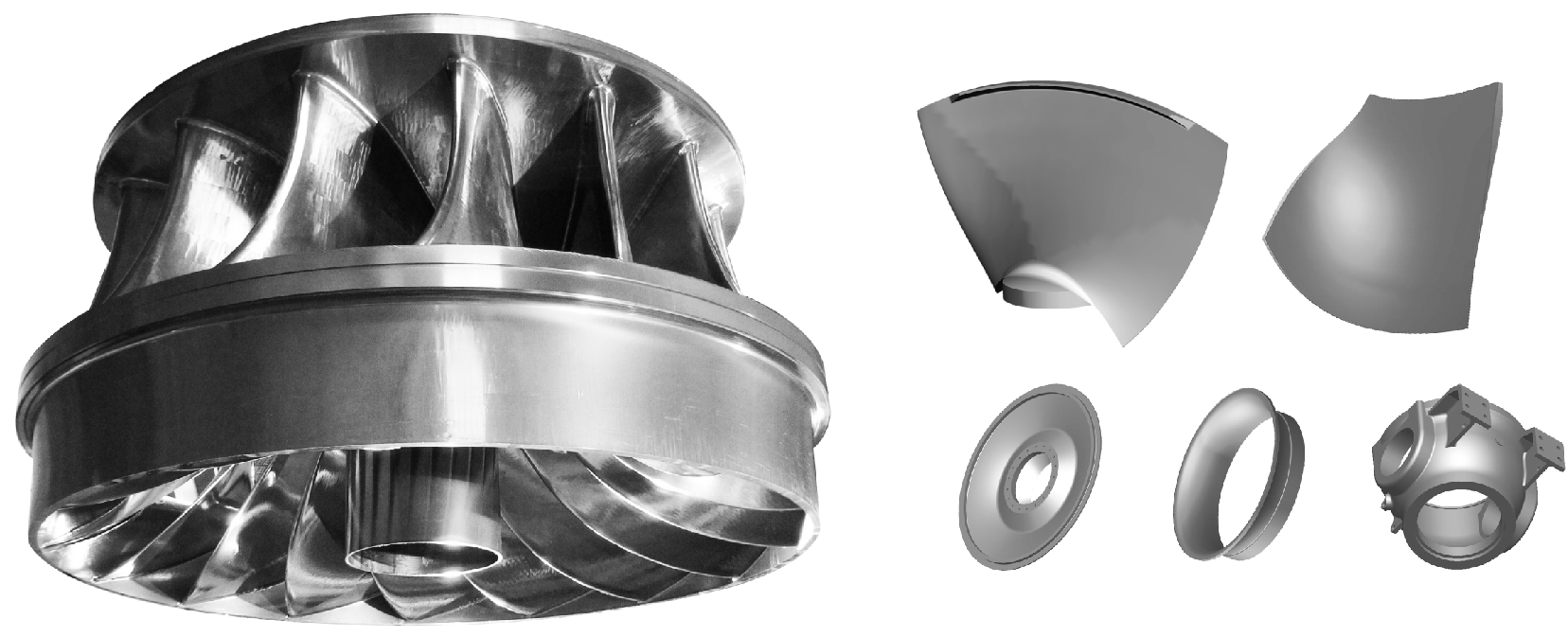اشکال در قالب ایمیل
emailCannotEmpty
emailDoesExist
pwdLetterLimtTip
inconsistentPwd
pwdLetterLimtTip
inconsistentPwd

اخبار
Effect of Hot Sand on Moisture and Mucous Membrane in Sand Mold Casting
Through the understanding of the sand mold casting process, we know that hot sand as raw material will have a far-reaching impact on the whole process and its results, so the key to master sand mold casting is the correct use of hot sand. In addition, more attention should be paid to temperature, auxiliary materials, and other aspects, otherwise, the formed castings will not meet the requirements, which will also be a part of the loss for the enterprise.

Effect of hot sand on moisture in sand mold casting
In sand casting, the first step is to put the hot sand into the molding machine. But have you considered that once the hot sand enters the equipment, a large amount of water will be lost, which is bound to have a great impact on the performance of the molding sand?
Effect of hot sand on mold adhesion in sand casting
It is precise because of the existence of hot sand that the water branch changes into a condensed state, so the whole mold adhesion effect will also change. Especially after molding, the hot sand will evaporate due to the evaporation of water, so the condensed sand will be directly on the core, thereby reducing the strength of the core, and finally, the quality of the whole casting may be reduced.
Temperature control and application of auxiliary materials in sand mold casting
Because hot sand still has a great influence on the whole sand mold casting process, we must try to avoid problems correctly. On the one hand, we must control the temperature of old sand, which is generally maintained at about 50 degrees. If the temperature is high, the cast products will be reduced; however, if the temperature is low, it will interfere with the normal progress of casting.
On the other hand, we can use some auxiliary materials and control them comprehensively, to avoid some unnecessary troubles and affect the effect of the whole sand mold casting. At the same time, don't forget the addition of new sand, but also have to grasp it well to make it play its best role.
Solutions to the pollution of sand casting
- Energy saving and consumption reduction in foundry production mainly exist in metal smelting, heat treatment, and other links. It is the most energy-saving method to improve the yield and yield of castings by using heating and insulation risers, metal treatment agents, ceramic filters, and optimizing production processes.
- Dust and harmful gas emissions mainly exist in molding and core making, pouring, unpacking and sand falling, shot blasting and casting welding repair, and cleaning. The most important material in the molding and the core-making process is the binder, which determines the production process of castings, the scale layout of production workshops, the investment of fixed assets such as tooling and dies, molding, and core-making equipment used in sand recycling equipment and cleaning equipment. However, most of the binders used for casting are organic chemical materials, which are the main source of harmful gas emissions. Using inorganic binder instead of organic binder, improving the performance of organic binder, reducing the amount of addition, expanding the type of binder, and gradually replacing the toxic binder system is the long-term pursuit of casting material researchers.
- The recycling and reuse of residual waste in the production process exists in the recycling and reuse of most non-metallic materials except for the disposal of casting waste, and the reuse of old sand is the main content. At present, there are three ways to regenerate silica sand, including mechanical regeneration, thermal regeneration, and wet regeneration.

